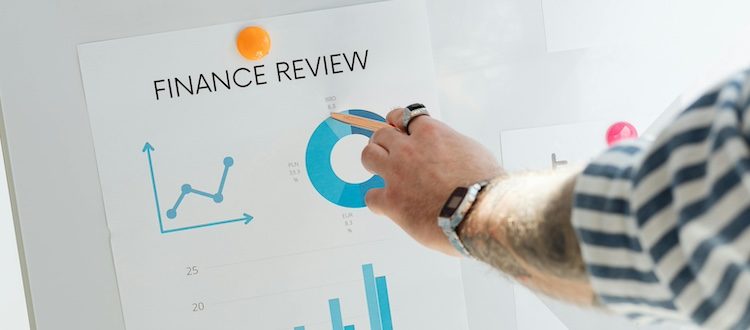Outsourcing the Recovery of Your Unclaimed Property
Benefits of Outsourcing Asset Recovery
Unclaimed property—such as forgotten bank accounts, uncashed checks, refunds or abandoned safe deposit boxes—poses challenges for businesses. Outsourcing the recovery process can be a strategic decision, and here’s why ROI matters:
- Cost Efficiency: Outsourcing allows companies to tap into specialized expertise without maintaining an in-house team and investing in requisite technologies and data. The cost of hiring, training, and managing staff is often higher than contingent outsourcing fees which are proportional to the value of the assets recovered, ensuring a win-win for everyone.
- Focus on Core Competencies: By outsourcing, organizations free up internal resources to focus on core business functions. This enhances efficiency and productivity.
- Risk Mitigation: Unclaimed property laws are complex and vary by jurisdiction. Outsourcing to an experienced partner ensures compliance and minimizes legal risks.
- Time Savings: Recovery efforts can be time-consuming. Outsourcing accelerates the process, leading to faster results.
- Quantifying ROI: Calculate the ROI by comparing the cost of outsourcing to the value recovered. Consider factors like time saved, reduced risk, and improved compliance.
Practical Steps for Decision-Making
- Assess Current Processes: Evaluate your existing unclaimed property recovery process. Identify pain points and areas for improvement.
- Partner Selection: Choose a reputable partner with experience in unclaimed property recovery. Consider their track record, processes, technology, data sources, fees, and service quality. An independent best-of-breed partner who only does asset recovery is likely the most experienced, leverages the most advanced technologies and wide-reaching data sources and has a true vested interest in recovering as much unclaimed property as possible for you.
- ROI Analysis: Estimate the potential value of recovered assets. Compare this to the cost of outsourcing. A positive ROI justifies the decision. Calculate your asset recovery ROI with our ROI Comparison Calculator.
- Communication: Communicate the decision to stakeholders. Highlight the benefits of outsourcing and address any concerns.
Remember, outsourcing unclaimed property recovery isn’t just about cost—it’s about maximizing efficiency, reducing risk, expediting time to recover and achieving better outcomes.
Boomerang Case Study
A Fortune 1,000 company did all of their asset recovery in-house without a partner. The company employed two people working full time (100%) at a fully loaded cost per person of $60,000 ($120,000 total cost). The two person team recovered $250,000 (Gross) in total over the course of the year.
Using the ROI Comparison Calculator mentioned above, the results are:
- Net Assets Recovered/Net Return: The Net Assets Recovered/Net Return would have been $86,750 more if Boomerang recovered the $250,000 than if it was recovered in-house.
- ROI: Boomerang guarantees a 900% ROI vs. the in-house 108% ROI. The two employees would have needed to recover $1,200,000 per year to match Boomerang’s ROI.
- Time Saved: Using Boomerang for asset recovery would have freed up a combined 520 days for the employees to work on other tasks or projects.
- Cost: Their in-house cost to recover the $250,000 was 380% more than Boomerang’s cost to recover. The fully loaded cost to recover assets was $480 per $1,000 recovered compared to $100 per $1,000 for Boomerang.
- Opportunity Cost: Additionally, the longer it takes to recover assets, using the time value of money, the more it potentially costs at a minimum in lost interest of $47,169 over 3 years and $82,677 over 5 years (assuming a 5% rate).
Summary
Outsourcing unclaimed property recovery is the right strategic decision for almost any company. The business justification is easy to make to management and yields undeniable results. For companies already using an outsourcing partner, it is a best practice to switch partners every 3-5 years to take advantage of differences in experience, technologies and data sources between partners.

